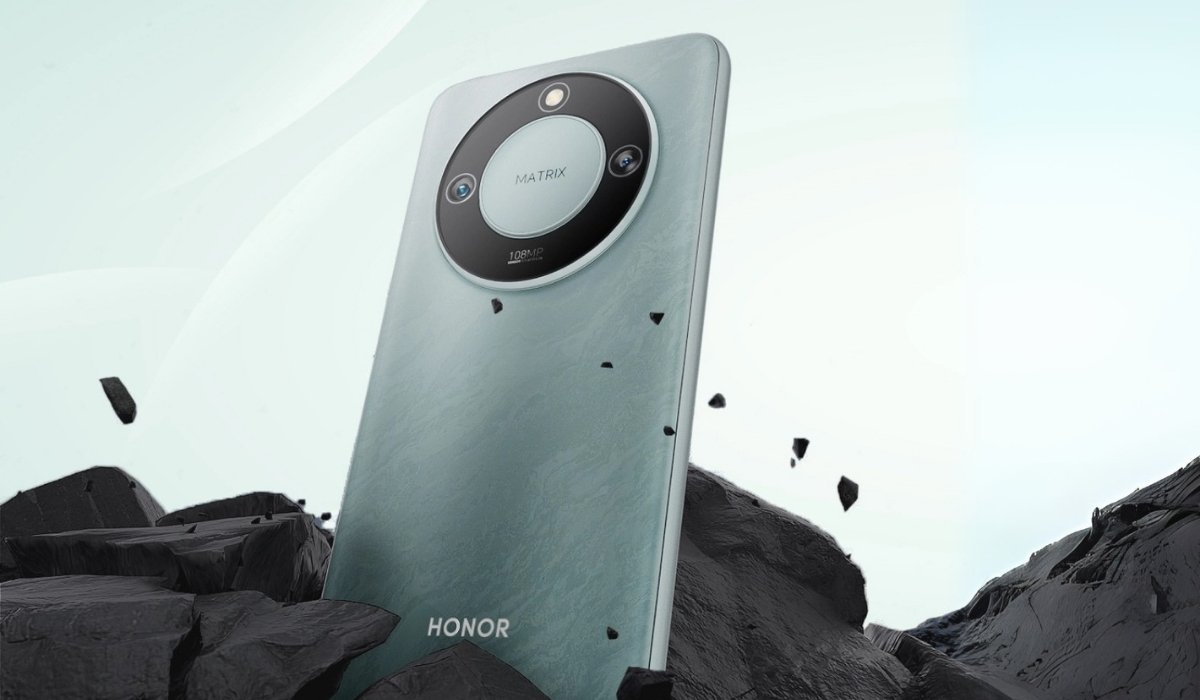According to Nepal Electricity Authority (NEA) official, like last year, there will not be any power cuts in Kathmandu and other cities this winter as well, reports My Republica.
NEA’s spokesperson Prabal Adhikari said, “Though our efforts to increase supply have almost failed, during the upcoming dry months we will be able to supply electricity as last year, thanks to demand-side management and leakage control.”
This year, NEA came up with the plan to produce 25 MW electricity from solar plants, import additional electricity from India and save electricity through the supply of energy-efficient LED bulbs. But NEA could not follow through them. However, NEA worked well on its demand-side management. And this has put NEA in a good position for supplying electricity as last year.
Managing evening peak load, i.e. from 5:30 pm to 7:30 pm, is taken as the most challenging task for NEA. This year on 20th November, the evening peak load demand was 1248 MW which is 8 MW more than the same day last year. This shows that peak has nearly stabilized at a variance of annual average demand growth rate of 10 percent.
Adhikari said, “Behavioral changes in electricity consumption, consumers who voluntarily switched to more efficient LED bulbs, zero or very little use of inverters and inefficient equipment, and leakage control are the reasons that helped in reducing the peak-hour demand.”
Adhikari futher added that consumers had listened to their pleas not to use appliances that consume a lot of electricity during evening and morning peak hours and that they had also switched to energy-efficient LED bulbs. The use of these LEDs alone has saved around 100 MW.
This year, NEA’s solar plants plans were delayed after the Public Accounts Committee ordered a retender for the solar plants contracts. However, the directive was dismissed and the plan is now resuming again. In the same way, NEA also had to terminate the contract awarded to a Chinese contractor for building the Dhalkebar substation.
Currently, Nepal has a power deficit of 300 MW. It generates 676 MW of electricity while 272 MW is imported from India.
-
Yamaha Scooters Price in Nepal (April 2025 Updated)This is the complete price list for Yamaha scooters price in Nepal for 2025. Yamaha…
-
Honor X9c Launched in Nepal — And Durability Ain’t All It’s About! *Phew*HIGHLIGHTS The Honor X9c Smart price in Nepal is Rs. 38,999 (12/256GB). It has the…
-
ZTE Blade A75 Arrives in Nepal with 256GB Storage at an Affordable PriceHIGHLIGHTS The ZTE Blade A75 4G price in Nepal is Rs. 13,999 (4/256GB). The phone…









